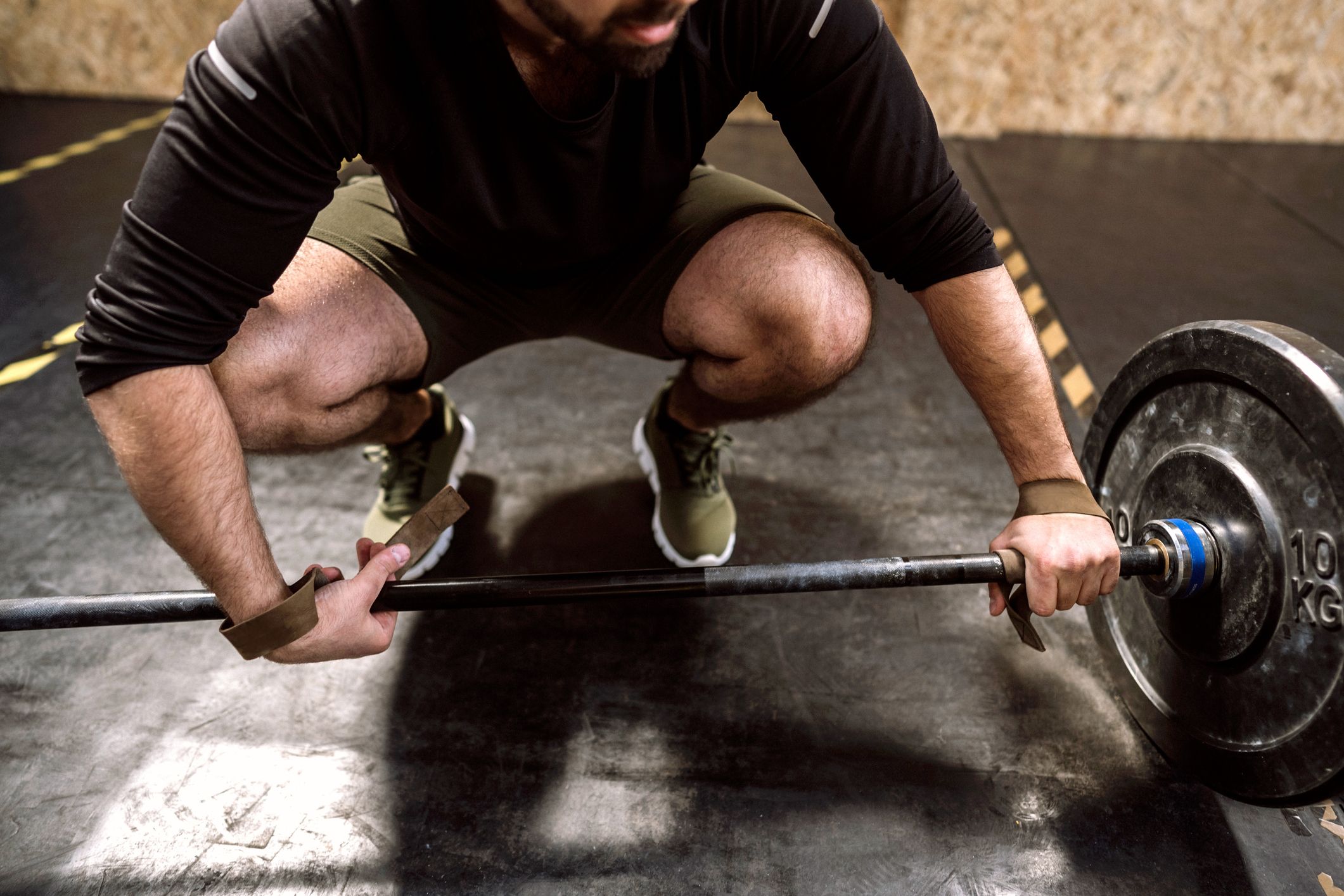Maintaining good form is crucial for safely and effectively lifting weights, involving not only feet and back alignment but also the way you hold the weight. Learning new movements involves mastering the fundamental form, understanding various grips, and using them to build muscle in underdeveloped areas and improve grip on increasingly difficult exercises. This article focuses on the types of weightlifting grips and their functions.
Some of the Weightlifting Grips you should consider include the following;
1. Anterior grip
A pronated grip is an overhand grip where the palms are turned away from the body, used in classic exercises like lat pulldown or bench press. It requires more muscles during lifts and may not always be easier due to potential resistance. The barbell or dumbbell biceps curl, typically performed with an underhand grip, targets the brachioradialis and long head of the biceps, engaging muscles that were dormant with other grips.
2. Grip supinated
Supinated grips support more weight and increase range of motion, making muscles more effective in exercises like bicep curls. For pull-ups, use an underhand or regular grip, while for chin-ups, flip your grip underhand or supinated. This reverse grip is easier to perform than the pronated grip. Pronated grips generate greater resistance and require multiple muscles, while supinated grips support more weight and resistance, crucial for workout programs and intensity adjustments.
3. Combination grip
The mixed grip is a combination of pronated and supinated grips, often used in deadlifts. This position positions one hand overhand and the other underhand, resulting in a more robust grip and preventing the bar from rolling or escaping. Mixed grip offers advantages but also puts strain on the supinated side of the biceps, increasing injury risk. Excessive use can lead to muscle imbalances. Lift heavy weights with the mixed grip only and consider using a different hand.
4 .Hook-hold
The hook grip is a versatile method for lifting weights, allowing users to raise their hands without compromising their grip strength. Ferruggia suggests this grip technique is beneficial for Olympic lifts and double overhand deadlifts, as well as strengthening bar grip for Olympic barbell movements like snatch and clean and jerk.
5. Inauthentic hold
Suicide grip, also known as false grip, is a common grip used by gymnasts and lifters for pulling movements, but is too risky for bench press due to its lack of thumbs. Lifters with elbow pain should wrap pinky fingers under the bar instead of over it when using this technique in squats, avoiding excessive backbending.
6. Inert grip
In an inert grip, both palms should face each other, promoting exercise efficiency by bringing elbows closer to core and reducing shoulder and wrist strain. Perform elbow joint range of motion and upper pectoral muscle activation with neutral grip presses on an inclined bench. Use cable setups for targeting inner chest tension.
Conclusion
As you start hitting the gym, you need to be conversant with a number of things and one of the most crucial things is to know the various types of weightlifting grips.





